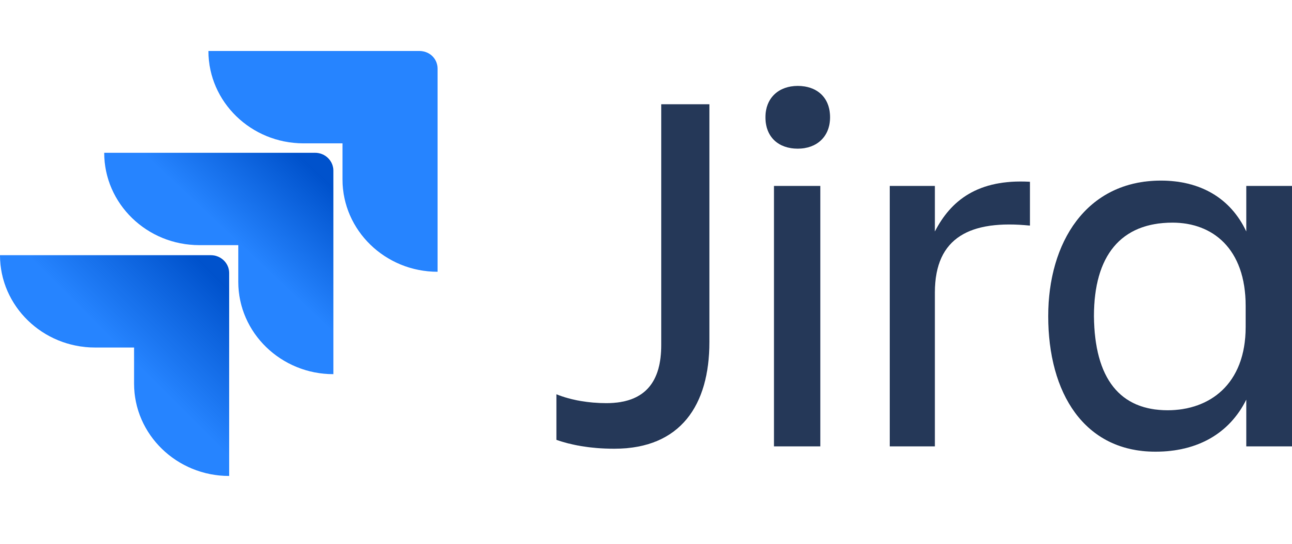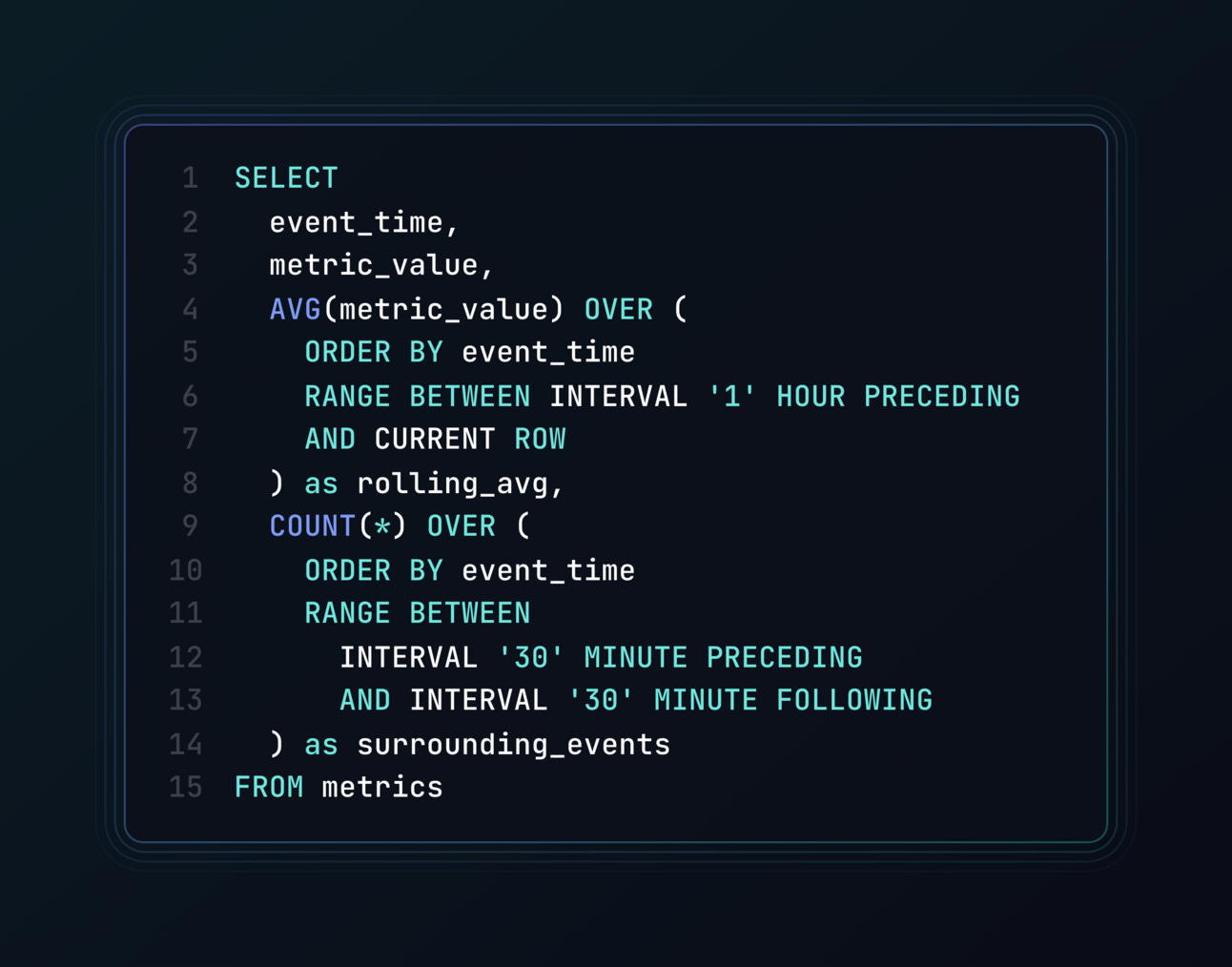🍔🧠 How Spotify Tags 100M Songs Using GenAI (Their Secret ML Pipeline)
PLUS: Forward Proxy vs Reverse Proxy ⚡, PACELC Theorem Clearly Explained 📚, How I Build Software Quickly 🏗️
Today’s issue of Hungry Minds is brought to you by:
Happy Monday! ☀️
Welcome to the 474 new hungry minds who have joined us since last Monday!
If you aren’t subscribed yet, join smart, curious, and hungry folks by subscribing below.
📚 Software Engineering Articles
Learn how to serve 200M daily requests using a simple cgi-bin
Master PACELC theorem for distributed system design decisions
Uncommon Python patterns that top libraries use
Critical SQL injection vulnerabilities exposed in spyware accounts
Build software faster with pragmatic strategies
🗞️ Tech and AI Trends
OpenAI challenges Chrome with new web browser announcement
AWS partners with Anthropic for new AI marketplace launch
Nuclear fusion gets boost from UK tritium breakthrough
👨🏻💻 Coding Tip
SQL window functions with RANGE BETWEEN simplify complex time-series data analysis
Time-to-digest: 5 minutes
Stop scheduling status update “check-ins”
56% of workers say scheduling a meeting is the only way to get information.
With Jira, use AI to automatically add work from Slack, create subtasks, or attach relevant resources.
So instead of scheduling a meeting, check the status in Jira. Easy.
How Spotify Built a Scalable ML Annotation Platform 🎵
Spotify tackled the massive challenge of annotating 100M+ tracks by building a unified platform that combines human expertise with GenAI. Their system processes millions of annotations while maintaining high quality, enabling rapid ML model development and feature shipping across their catalog.
The challenge: Scale annotation throughput without sacrificing quality while supporting diverse data types (audio, video, metadata) and complex labeling tasks.
Implementation highlights:
Three-tier workforce model: Core annotators handle bulk work, quality analysts tackle edge cases, project managers coordinate efforts
Hybrid human-AI system: GenAI handles predictable patterns while humans focus on nuanced cases
Flexible tooling architecture: Custom interfaces supporting multimodal annotation with real-time metrics
Agreement scoring: Auto-escalation system for low-agreement items to ensure quality
Tool-agnostic infrastructure: Generic APIs and data models enabling seamless tool integration
Results and learnings:
10x growth in annotation corpus size
3x increase in annotator throughput
Faster ML iterations with reduced setup overhead and reliable output
This approach shows that scaling ML operations isn't just about more data or bigger models - it's about building intelligent workflows that combine human expertise with automation.
PACELC Theorem Clearly Explained
Jira | Issue & Project Tracking Software | Atlassian
Make the impossible, possible in Jira. Plan, track, and release world-class software with the number one project management tool for agile teams.
Forward Proxy vs Reverse Proxy ✨
Written by
File Storage vs Object Storage vs Block Storage
Written by
How to Manage your Time as an Engineer ⏱️
Written by
andHow to delegate while maintaining high standards
Written by
Software engineering with LLMs in 2025: reality check
Written by
ESSENTIAL (fast and furious coding)
How I Build Software Quickly
GITHUB REPO (rusty storage go brrr)
rustfs/rustfs
GITHUB REPO (AI does your job now)
smallcloudai/refact
ARTICLE (postgres zoomies)
Behind the scenes: Speeding up pgstream snapshots for PostgreSQL
ARTICLE (CGI still chugging)
Serving 200 million requests per day with a cgi-bin
ARTICLE (async chaos test)
Async Queue – One of My Favorite Programming Interviews
ARTICLE (AGI nah, not yet)
Why I don't think AGI is right around the corner
ARTICLE (python dark arts)
Uncommon Uses of Python in Commonly Used Libraries
ARTICLE (hack the spies)
Taking over 60k spyware user accounts with SQL injection
ARTICLE (test deletus)
You should delete tests
ARTICLE (proxy magic)
Building a Lightweight Reactive State Manager with JavaScript Proxies
Want to reach 190,000+ engineers?
Let’s work together! Whether it’s your product, service, or event, we’d love to help you connect with this awesome community.
🤖 Grok 4 Leaked Benchmarks Show 45% Score on Humanity Last Exam, Could Set New SOTA (2 min)
Brief: Leaked benchmarks reveal Grok 4 scoring 45% on Humanity Last Exam, potentially surpassing rivals Gemini, Claude, and GPT models, with xAI preparing for a rumored post-July 4th launch.
🚀 Comet: A Browser That Thinks With You – Browse at the Speed of Thought (2 min)
Brief: Perplexity's new Comet browser replaces traditional tabs with an AI-powered assistant that turns browsing into fluid, thought-driven workflows, enabling instant answers and actions while maintaining accuracy.
🤖 OpenAI to Launch Web Browser in Challenge to Google Chrome by 2025 (2 min)
Brief: OpenAI plans to release a web browser by 2025, setting up a direct competition with Google Chrome in the browser market.
🤖 AWS Launches AI Agent Marketplace with Anthropic, Debuting Next Week (3 min)
Brief: AWS is launching an AI agent marketplace next week, featuring Anthropic as a key partner, enabling startups to sell and enterprises to discover autonomous AI tools in one centralized hub.
📱 TikTok Nears Deal to Avoid US Ban with New App and Oracle-Led Sale (3 min)
Brief: TikTok's US ban woes may end as ByteDance closes a deal to sell a stake to Oracle and other investors while launching a separate new app by September to comply with US regulations.
⚡ UK Firm Breaks New Ground in Tritium Production for Nuclear Fusion (3 min)
Brief: A UK company achieves the first commercial tritium breakthrough using its fusion reactor, potentially solving a key fuel supply challenge for clean energy production.
This week’s coding challenge:
This week’s tip:
SQL window functions with RANGE BETWEEN can handle complex time-series aggregations elegantly, particularly for gap-filling and rolling calculations over irregular intervals. The RANGE clause operates on actual values rather than row counts, making it perfect for timestamp-based analytics.
Wen?
Time-series analytics: Perfect for calculating moving averages over irregular time intervals or handling data with gaps.
Financial reporting: Useful for computing rolling metrics like VWAP (Volume Weighted Average Price) over specific time windows.
IoT sensor data: Ideal for smoothing out sensor readings and detecting anomalies within dynamic time windows.
Life doesn't get easier or more forgiving, we get stronger and more resilient. Steve Maraboli
That’s it for today! ☀️
Enjoyed this issue? Send it to your friends here to sign up, or share it on Twitter!
If you want to submit a section to the newsletter or tell us what you think about today’s issue, reply to this email or DM me on Twitter! 🐦
Thanks for spending part of your Monday morning with Hungry Minds.
See you in a week — Alex.
Icons by Icons8.
*I may earn a commission if you get a subscription through the links marked with “aff.” (at no extra cost to you).

















